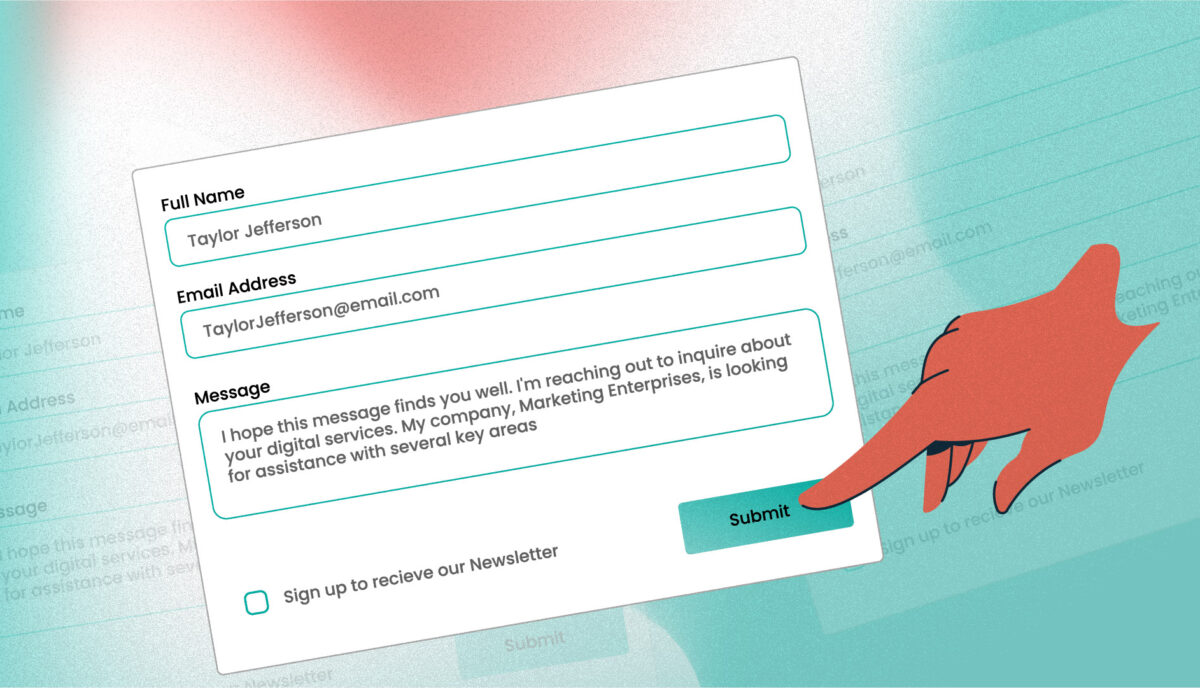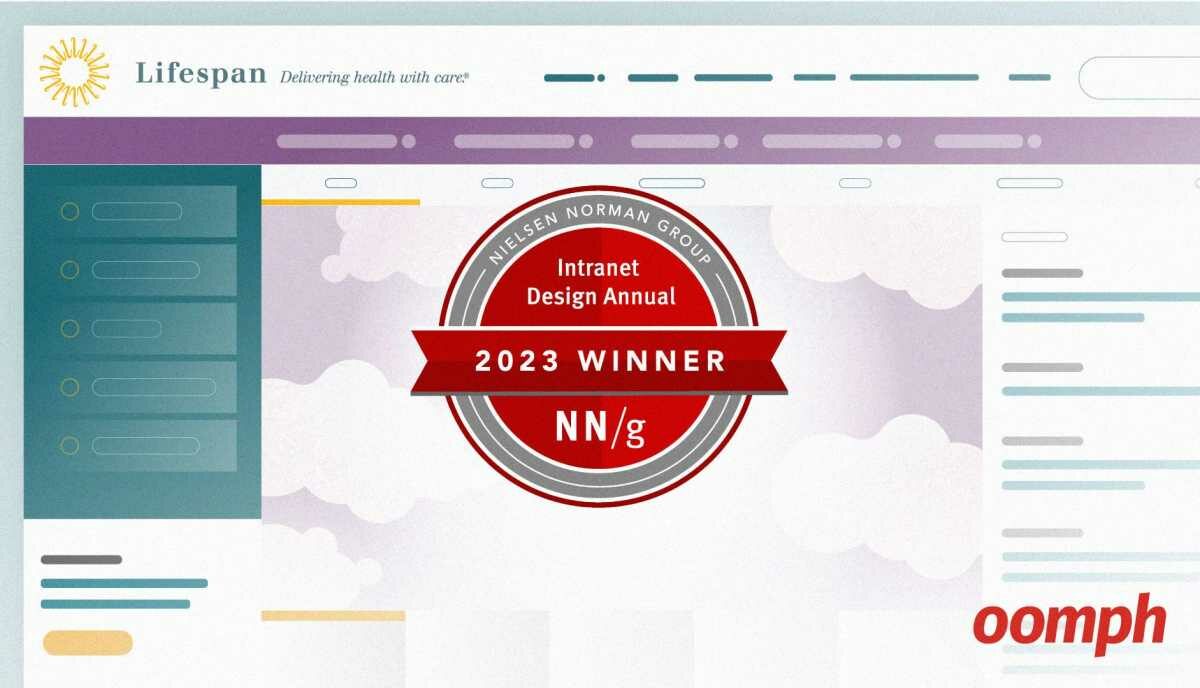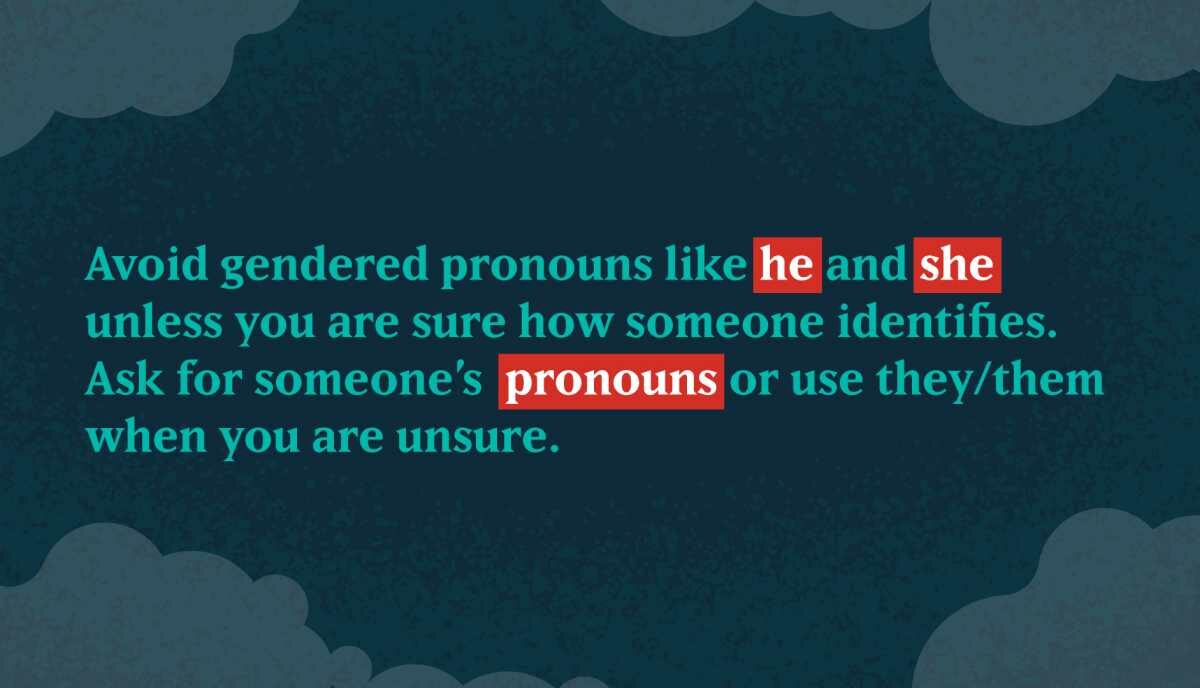Simple Strategies for Creating a Killer IA
What is Website Information Architecture (IA)? Simply put, it’s the practice of deciding how to arrange the parts of something (in this case, content on a website or blog) so users can understand where they are, what they are looking at, and how to get where they want to go. And whether or not it’s something you stop to think about, Information Architecture is everywhere — both online and in the real world.
For example, in the real world, IA appears in the form of flight schedules and gate numbers in an airport, or “This Way to the Lions” and “Concession” signs at the zoo. When you have good IA, people understand their surroundings. They can find what they’re looking for with ease. When you have bad IA, people end up at the gate for Barcelona when they wanted to fly to Bermuda, or in the lion’s den looking for something to eat when it’s actually you on the menu.
It’s really not too different online. A website with poorly constructed IA usually leads to visitors who simply don’t. They don’t buy the product because they can’t find it. They don’t fill out your lead form because they don’t have what they need to feel comfortable sharing their info with you. And they don’t read and share your content. Instead, they leave your website.
So what are some of the key components of your website information architecture and contribute to helping your visitors find what they are looking for? These would include:
- Navigation: including top-nav, breadcrumbs, sub-navigation
- Site Search: typeahead suggestions (this is what happens when you go to Google and type in “How to make…” and it comes up with everything from “…money online” to “…fluffy slime” to “…french toast,” depending on your personal profile)
- Taxonomies: categories and tags, especially in your blog
- Attributes: colors, sizes, options, for product-based websites
- Relationships: related products, posts, or events
Challenges in Creating IA Online
Multiple Entry Points
Imagine an architect designing a new hospital. She presents a blueprint, complete with entry points for ambulatory patients, emergency patients, clinic patients, hospital departments, and visitors. There are multiple access points, and each one is intuitively designed and clearly signed, so that people can easily navigate the hospital through any door. Then the client says, Wait! Some of our patients come in other ways. Can you make sure they can get to the E.R. if they come in from the ninth-floor window on the northwest corner of the building?
That’s your website.
On average, only 50% of your visitors land on your homepage. Every page on your website is an unlocked door. Whether your users enter your world through the About Us page or your 100th blog post, you need to make sure they can find what they’re looking for — as well as what you want them to find.
Multiple Screens
We live in a multi-screen world. Very few people research products and services exclusively on a desktop computer or even a laptop. They’re checking on their grocery delivery order while standing in the bank line, or doing their online banking while they’re standing in line at the grocery store. They might make their buying decision over several searches on different screens. They may research on their laptop, but buy on their phone, or vice versa.
With people trying to access information on different devices at different times, consider whether your website makes it easy for them to do so. Can they find the content they want to read or buy the product they’ve been reading about when they switch from screen to screen?
Same Journey, Different Paths
Even though the information may be the same, people often prefer different methods of finding it. Some like to browse, looking through pictures or descriptions as if they’re flipping through a catalog. Others prefer searching, to find an item quickly. Still others may try a variety of ways to find one piece of information.
Think about when a friend recommends a book and you can’t recall the exact title. You may search the title you think it might be and come up with options. But the options aren’t the one you’re thinking of. So you click on one of the closest options, and it leads to more options you can browse. Still can’t find it, so you select categories to jog your memory, thinking: Bestsellers…Books by Female Authors…was the author Kate Simpson or Kat Sampson? I’ll know it when I see it!
Here are 3 Steps to Creating a Killer IA for your Website:
Now that you know what IA is, and the potential challenges, how do you make sure your website’s IA works for your users?
Step 1: Gather and Audit your Content
If you’re redesigning your site, run a crawler like Screaming Frog to get all your content into one place, then perform a content audit to decide what you need to keep, remove, or rewrite. Engagement stats like bounce rates, time on page, inbound links, etc., will help you make these decisions. But they aren’t the last word on the subject — tests and surveys of your current users will also provide valuable input. Once you know what to do with your current content, identify gaps where you’ll need to create new content.
If you’re creating a new site, begin by identifying your target audience(s) and their needs. What is the goal of your website? Are you selling a product online, educating your visitors, or generating leads? What are your competitors doing (or not doing)? Your content strategy should satisfy the needs of your visitor while achieving your goals. You don’t need all the content written in order to create your IA. Start with a brief description of each page’s purpose.
Step 2: Organize your Content into Categories
Categories are like buckets each drop of content falls into. We suggest keeping content in no more than 7 or 8 top-level buckets. Here, you need to think like your customer. Ask yourself how the customer accesses the site, what paths they will likely take. This will help determine the labels, nomenclature, and type of organization you need for your content.
One trick we often use is to begin the IA process by focusing first on the information that is most important to users on a mobile device. From there, you will identify what is most critical to your visitors, then add supplemental information. For example, if a visitor is researching a restaurant, they’ll need menus, location, and a phone number or link to make a reservation.
You can also use a card sorting session as a process to help organize content. Best done with an internal focus group of staff or trusted customers, a card sort allows participants to organize and rank content in categories that make sense to them. They can organize the content with labels you supply, or offer a label they feel best describes the content they will find on each page.
A word about nomenclature: don’t get too “cute” or rely on company or industry terminology. Standard conventions use labels that people are already familiar with, which creates a smoother IA. If you go overboard with unique names or industry jargon for your navigation and other categories, you’ll end up with a confused user leaving your site because the IA is too quirky to be clear.
Step 3: Test your Assumptions
Once you have completed your card sort, you can use the results to organize your content into your first version of a sitemap. We recommend using a tool like SlickPlan to help get a visual representation of the navigation paths and funnels on your site. You can also start to add calls to action and note opportunities for relational data, so that visitors can navigate your site in a way that is natural and easy for them.
Finally, test, test, and test again. Start with a navigational test without any design elements to see if users can easily find the information they need with very little information or visual cues. Treejack is a great tool for this test; we use it often to see how content navigation in an IA stands on its own.
Once the site is designed, keep testing. You can use split testing tools to constantly test new variations of your navigation, taxonomies, attributes, and relationships to learn how to improve your IA. Use heat and click mapping tools to assess where people are getting tripped up, so you can fix it. Your website IA can (and should) evolve as you understand more about how your visitors use it.
Conclusion
Information Architecture is important, and building a good IA is achievable with the simple strategies we’ve outlined here. Gather your content, get it organized, and test, test, test. You’ll create a killer IA that welcomes your website visitors, guides them, and converts them into customers. Wondering about how we can help create a killer IA for your website? Give us a call; we’d be happy to talk about it.



